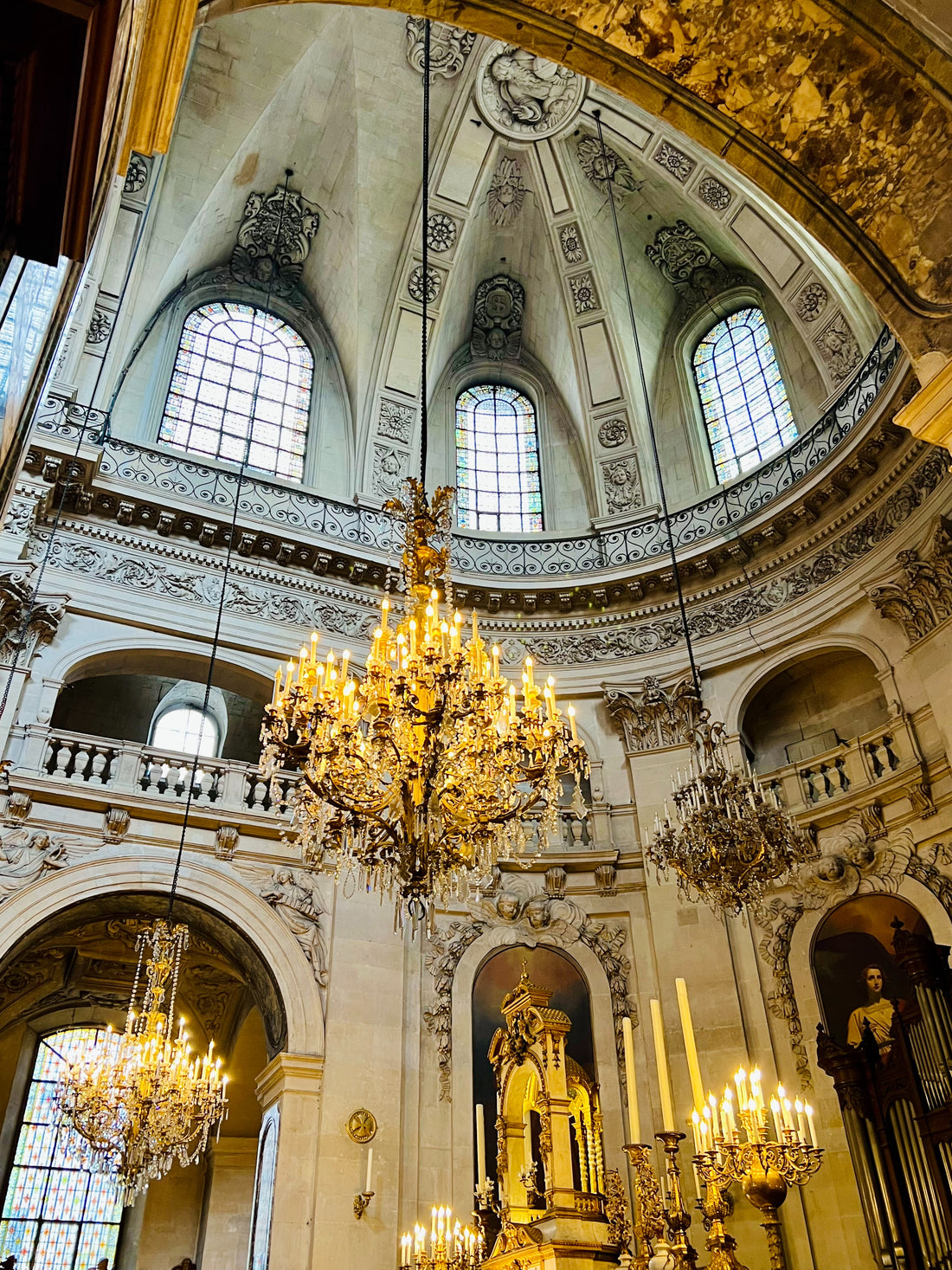Candles Through the Ages:
Candles have been used as a source of light and to illuminate mankind’s celebrations for more than 5,000 years yet little is known about their origin.
It is often written that the first candles were developed by ancient Egyptians who used rushlights, or torches, made by soaking the pithy core of reeds in melted animal fat; however, the rushlights had no wick like a true candle.

Candles were first mentioned in Biblical times, as early as the tenth century BCE.
The ceremonial use of lights occurs in liturgies of various Christian Churches, as well as in Jewish, Zoroastrian and Hindu rites and customs.
The earliest surviving candles originated in Han China around 200 BC. These early Chinese candles were made from whale fat. During the Middle Ages, tallow candles were most commonly used. By the 13th century, candle making had become a guild craft in England and France.
It is the first season of the Christian church year. On each of the four Sundays preceding Christmas, an Advent candle is lit. The 4 candles of Advent names are hope, love, joy, and peace, representing the virtues Jesus brought us

What do candles symbolize?
Candles have always had a distinctive place in our society, and as such they represent an incredible link that taps into our past. In a quite unique way, candles radiate messages of romance, passion, security, warmth, hope, spirituality, mystery, to name just a few.
What do the 7 candles stand for?
The seven lamps allude to the branches of human knowledge, represented by the six lamps inclined inwards towards, and symbolically guided by, the light of God represented by the central lamp. The menorah also symbolizes the creation in seven days, with the center light representing the Sabbath.
A menorah, which has only seven candleholders, was the lamp used in the ancient holy temple in Jerusalem — now a symbol of Judaism and an emblem of Israel. A Hanukkah, however, has nine candlesticks — one for each night of Hanukkah and an extra one to light the others.

Candle making was developed independently in many places around the world.
With the growth of the whaling industry in the 18th century, spermaceti, an oil that comes from a cavity in the head of the sperm whale, became a widely used substance for candle making. The spermaceti was obtained by crystallizing the oil from the sperm whale and was the first candle substance to become available in mass quantities. Like beeswax, spermaceti wax did not create a repugnant odor when burned, and produced a significantly brighter light. It was also harder than either tallow or beeswax, so it would not soften or bend in the summer heat. The first "standard candles" were made from spermaceti wax.
By 1800, an even cheaper alternative was discovered. Colza oil, derived from Brassica campestris, and a similar oil derived from rapeseed, yielded candles that produce clear, smokeless flames. The French chemists Michel Eugène Chevreul (1786–1889) and Joseph-Louis Gay-Lussac (1778–1850) patented stearin in 1825. Like tallow, this was derived from animals, but had no glycerine content.

Modern Era
The manufacture of candles became an industrialised mass market in the mid 19th century. In 1834, Joseph Morgan, a pewterer from Manchester, England, patented a machine that revolutionised candle making. It allowed for continuous production of molded candles by using a cylinder with a moveable piston to eject candles as they solidified. This more efficient mechanized production produced about 1,500 candles per hour, (according to his patent, "with three men and five boys [the machine] will manufacture two tons of candle in twelve hours"). This allowed candles to become an easily affordable commodity for the masses.

Price's Candles became the largest candle manufacturer in the world by the end of the 19th century
At this time, candlemakers also began to fashion wicks out of tightly braided (rather than simply twisted) strands of cotton.
Candles became luxury products, in summary, luxury candles are distinguished by their exceptional quality, unique and complex fragrances, elegant packaging, artisan craftsmanship, and superior performance. While they may come at a higher price point, the sensory experience and ambiance they create can make them well worth the investment.
The word candle comes from Middle English candel, from Old English and from Anglo-Norman candele, both from Latin candēla, from candēre 'to shine'.
Check out this new company for non toxic candles with fancy designs, best gift to men and women.
